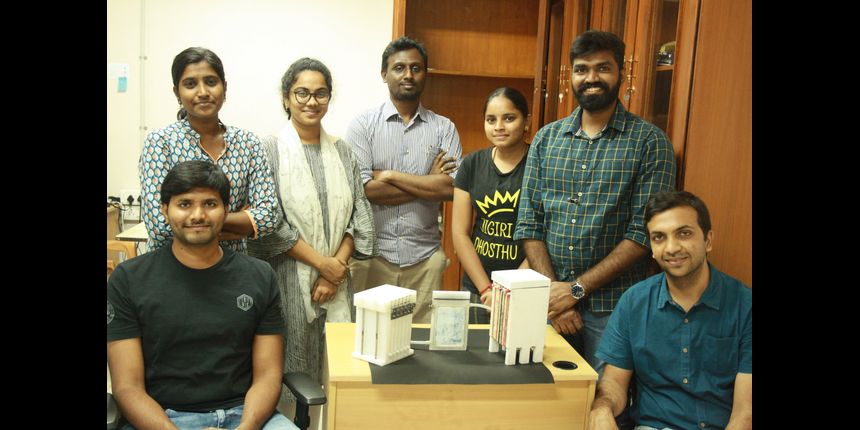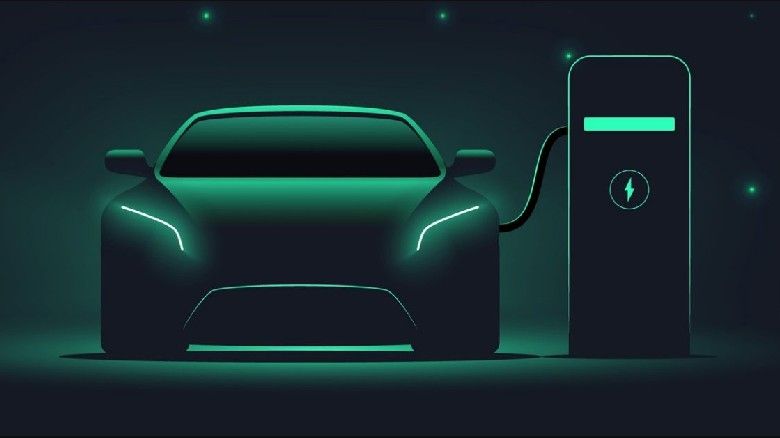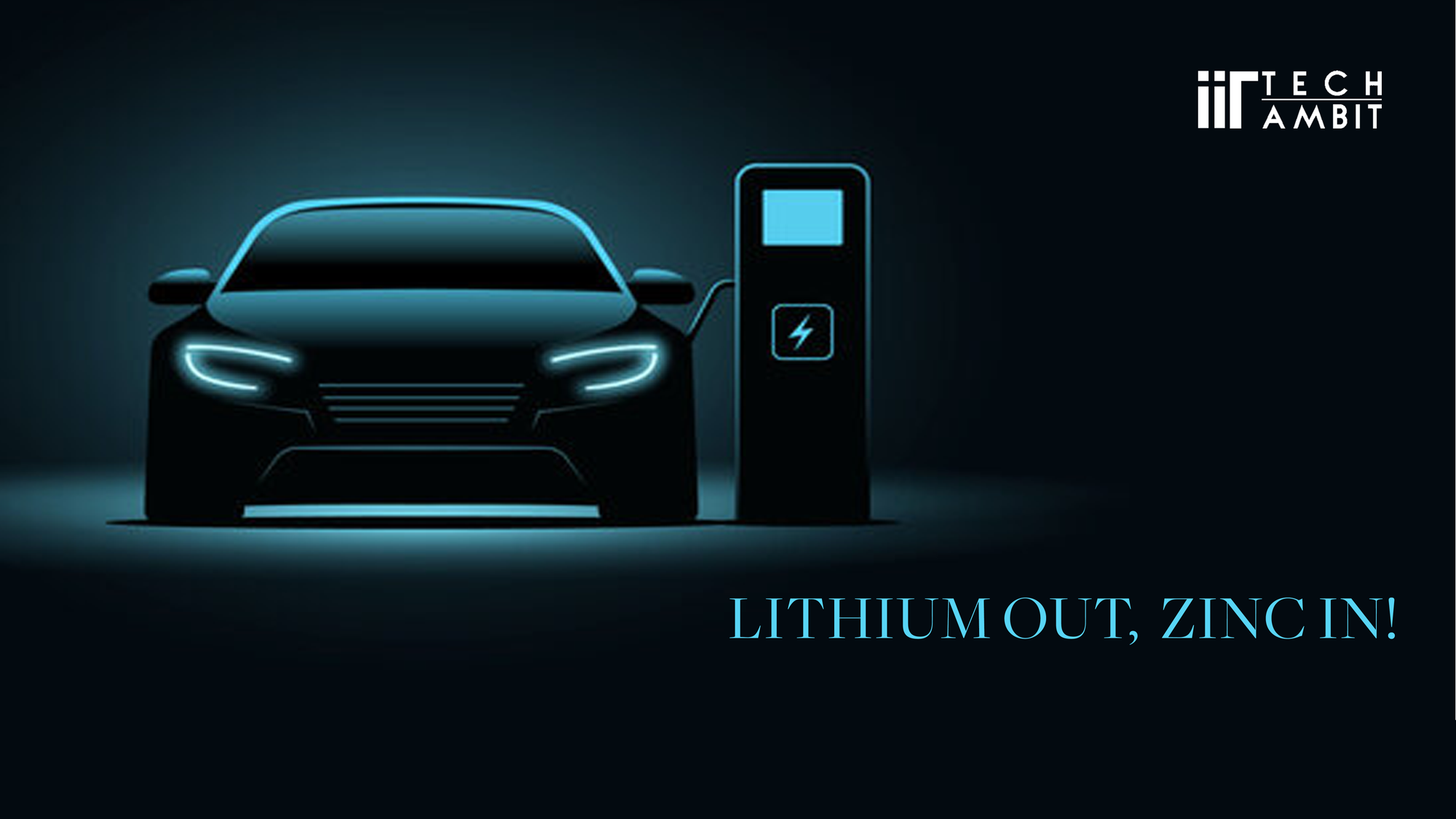Introduction
With the whole world coming together to tackle pollution caused by automobiles, Electric Vehicles are the way ahead. By 2030, most countries plan on eliminating fuel-run automobiles. In such a scenario, there is much scope for the development of the Zinc-Air Batteries, which serve as an indigenous and safer alternative to the existing class of batteries used in EVs.
A group of Research Scholars, under the guidance of Dr. Aravind Kumar Chandiran, Assistant Professor, Department of Chemical Engineering, IIT Madras, have successfully developed a 3 kW-h mechanically rechargeable Zinc-Air battery. They have filed for a patent for the model. Currently, India is dependent on China for lithium-ion batteries, making it a costly affair. This new battery technology will make India self-reliant as the raw material, resources and technology involved in manufacturing Zinc-Air batteries are all indigenous.

Battery Chemistry
The decoupling of the anode and cathode is an interesting aspect here. Zinc plates are used as anode and the cathode is oxygen, which is directly taken from the air. This setup is in a basic electrolyte, such as potassium hydroxide. The absence of the cathode within the model is highly advantageous as the energy density of the battery increases. Zinc was specifically chosen as the anode because of its high turnaround energy. That is, if X amount of energy is supplied to a zinc plate, the percentage of energy recovered after excluding all losses during the processes it undergoes is more than 40%; which is almost double the efficiency of aluminum or iron. Zinc, due to its low cost and abundance in India adds onto the suitability.
How it works
Zinc is converted to zinc oxide, along with generation of electricity, which fuels the vehicle. Once the battery is drained, the exhausted zinc plates can be replaced by new ones at 'Zinc Recharge Stations', analogous to our conventional petrol pumps. The whole process of discarding the used plates and fitting in the new ones takes just a couple of minutes, hence the term ‘ultra-fast mechanically rechargeable’ Zinc-Air batteries. The zinc oxide which is formed as a precipitate in the electrolyte that runs through the battery is filtered out and the clear electrolyte is reused.

Safety & Usage
One of the biggest issues with lithium-ion batteries is their safety. They readily catch fire on exposure to water or intense heat. Zinc-air batteries are extremely safe in this regard. In an interview with Mr. Akhil Kongara, a Research Scholar at IIT Madras, he mentions, “Since, the electrolyte is water-based, there is no chance of it catching fire. In the worst-case scenario of EV accidents, the battery will simply stop functioning."
The zinc batteries can be stored anywhere and one does not have to bother about external conditions like heat or rain.
They are best suited for low-power applications and are a good replacement for lead-acid batteries. Although the zinc-air batteries deliver only about one-third of the power as the lithium-ion ones, they provide a great mileage and are cheaper too. These batteries also favour the environment as the residual zinc oxide can be converted back to zinc plates by performing electrodeposition. Thus, all materials- the electrolyte and the residue obtained are reused or recycled for future purposes.
Future Plans
Any product must have a good life. The Researchers at IIT Madras are working on improving the durability of the batteries. They are also extensively testing all their models and variations to boost the confidence of the consumers regarding this new technology.

